On October 4, 2022 (Beijing time), the international famous academic journal Nature Communications published online the research results of Prof. Xiaoqin Zeng's team at the National Engineering Research Center of Light Alloy Net Forming, School of Materials Science and Engineering, Shanghai Jiao Tong University, "Towards development of a high-strength stainless Mg alloy with Al-assisted growth of passive film". The study introduces a protective film layer with a long-lasting passivation effect on the surface of Mg alloy through alloying design, and proposes a preparation scheme to improve the strength and corrosion resistance of Mg alloy significantly and synergistically, which overturns the traditional knowledge that alloying of Mg alloy increases strength and loses corrosion resistance significantly due to galvanic coupling corrosion.
The first institution of this research paper is Shanghai Jiao Tong University, with Dr. Qingchun Zhu as the first author and Dr. Yangxin Li and Prof. Xiaoqin Zeng as co-corresponding authors in the School of Materials Science and Engineering, Shanghai Jiao Tong University.
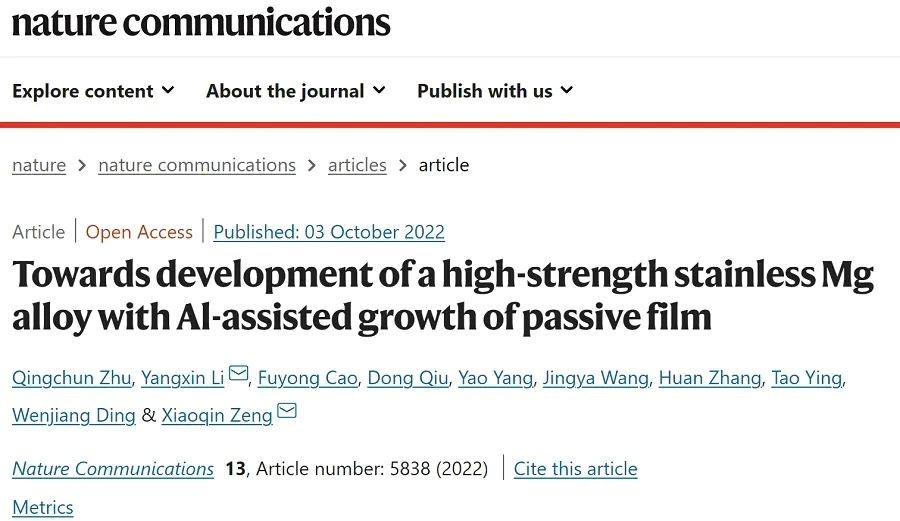
Research published online in Nature Communications
In the background of global efforts to achieve the " double carbon" goal of "carbon peak" and "carbon neutral", magnesium alloy as the lowest density of metal structure materials, in transportation and aerospace and other lightweight needs of the field has a natural advantage. For a long time, low absolute strength and insufficient corrosion resistance are the two bottlenecks that hinder the large-scale application of magnesium alloy. Alloying (especially the addition of rare earth elements) is one of the effective means to significantly increase the strength of magnesium alloys. However, the second phase in most alloyed high-strength magnesium alloys will form a primary cell with the matrix and cause intense galvanic corrosion, thus significantly reducing the corrosion performance of magnesium alloys. How to improve the strength and corrosion resistance of magnesium alloy through alloying design synergistically is one of the hot spots and difficulties that academia and industry have been focusing on for a long time.
To address the above challenges, SJTU Professor Xiaoqin Zeng's team chose a typical high-strength Mg-Y alloy as the research object, and selected Al elements for microalloying modification based on two hypotheses: (1) the addition of Al elements can form in situ self-generated Al2Y particles in Mg-Y alloy to refine grains and long-period stacking ordered structure (LPSO) strengthening phase, which can significantly enhance the strength of the cast. (2) the acceleration effect of corrosion rate by adding Al is less impressive than that of Zn, which is conducive to promote the film formation on the surface of magnesium alloy in a corrosive environment, and the conventional gravity casting and extrusion deformation method to prepare a high yield strength of 350 MPa, moderate tensile elongation of 8% and corrosion rate of less than 0.2 mm y-1 (weight loss) of high-strength stainless magnesium alloys, and these property combinations are better than the currently publicly reported magnesium alloys (as shown in Figure 1f). It is worth mentioning that the addition of a small amount of Al element promotes the rapid and dense deposition of Y element in the alloy surface, forming a passivation film with long-lasting protection (Figure 2-5), which effectively hinders the galvanic coupling corrosion between the second phase and the matrix in the alloy and greatly reduces the tissue sensitivity (Figure 1) and impurity element sensitivity (alloy Fe content ~200 ppm) to corrosion of the Mg-Y-Al alloy. It provides a new design insight for the future application of cast and deformed high-strength stainless magnesium alloys in industrial preparation. The research results have been applied for Chinese invention patent (granted patent number: ZL202010198047.9) and PCT US patent (public patent number: PCT/CN2021/080828).
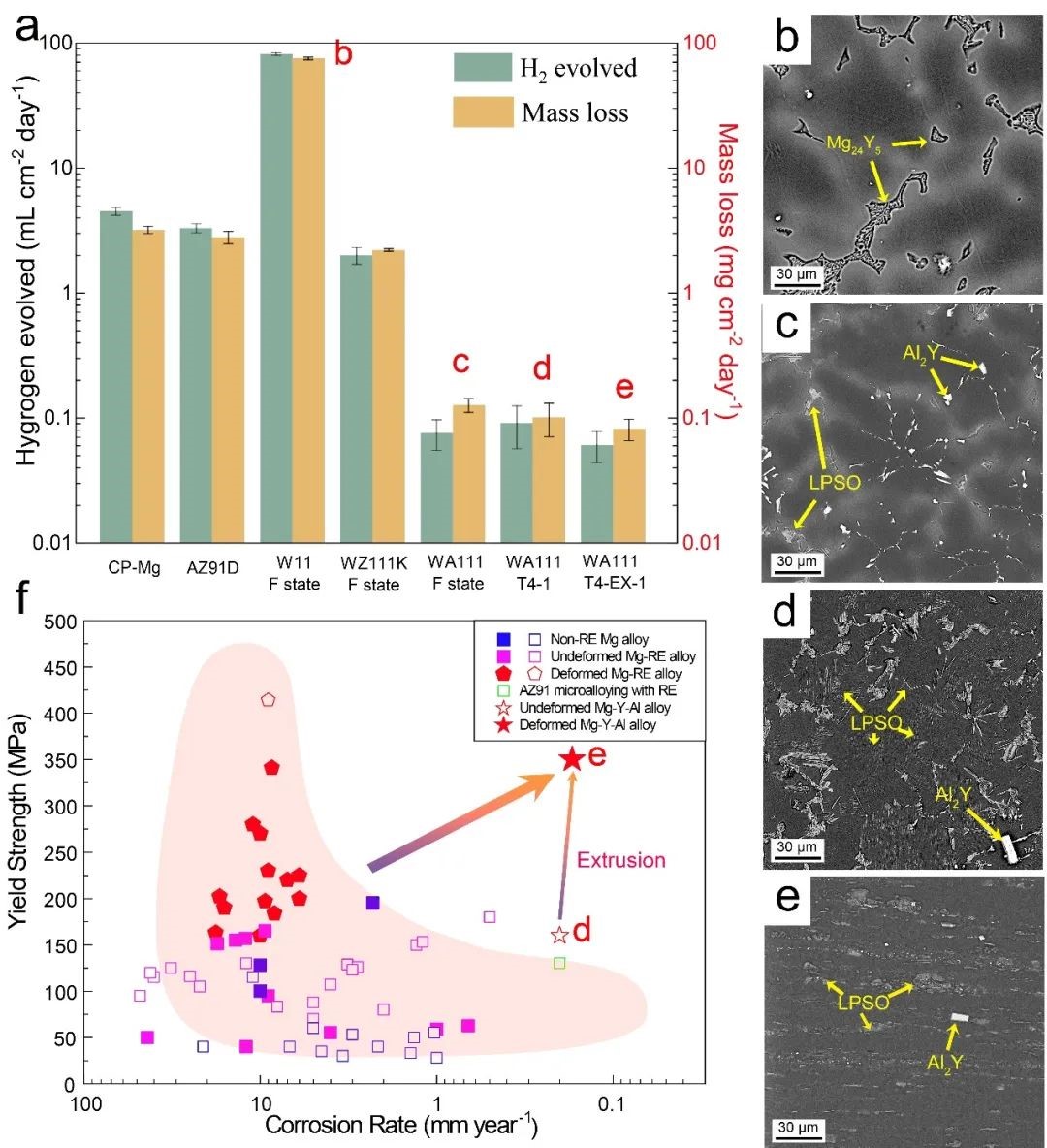
Fig. 1 The combination of mechanical and corrosion resistant properties of WA111 alloy shows competitive advantage over other comparative magnesium alloys in the literature.
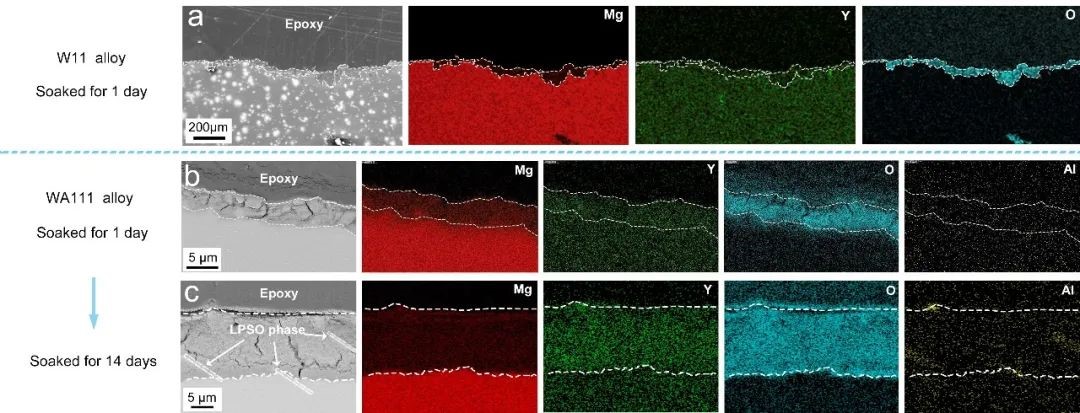
Fig. 2 Morphology and element distribution of corrosion product films in the W11 and WA111 alloys, respectively.
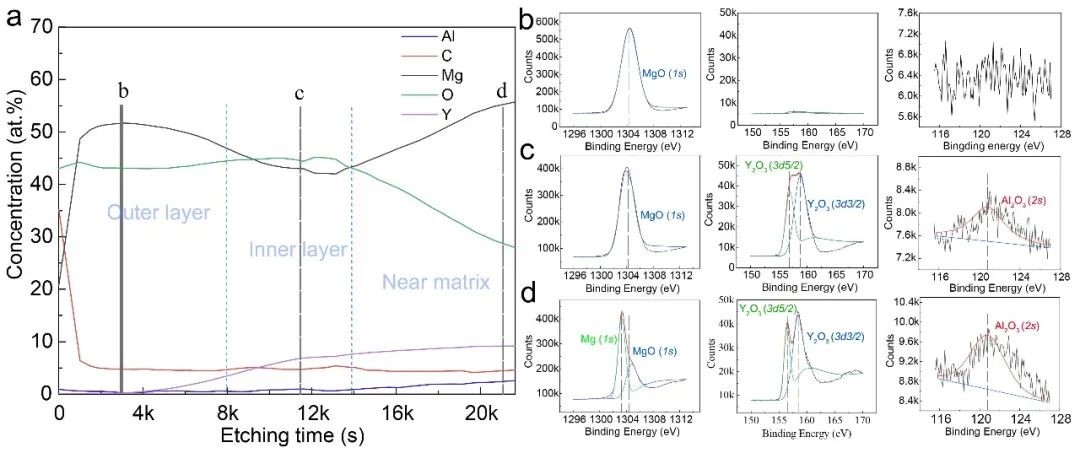
Fig. 3 Surface chemistry of the corrosion product film formed on the as-cast WA111 alloy.
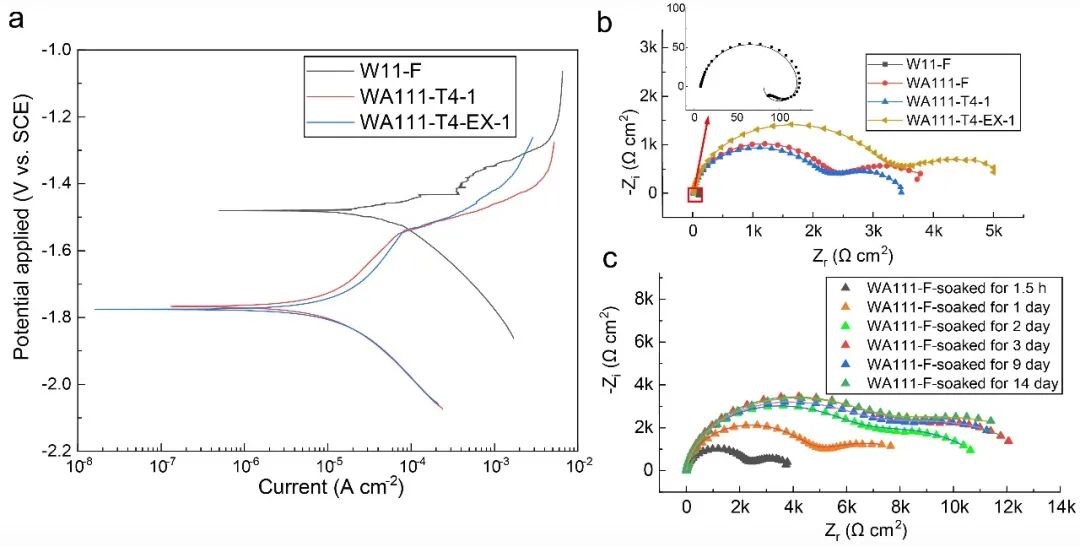
Fig. 4 Comparison of electrochemical properties between W11 and WA111 alloys.
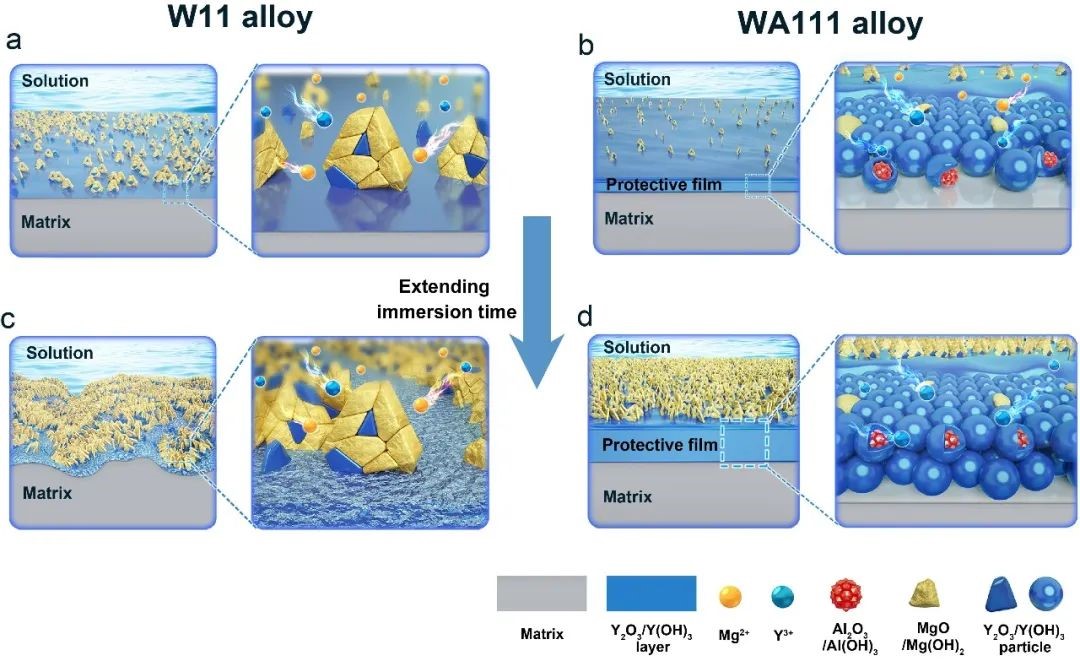
Fig. 5 Schematic diagram of corrosion resistance mechanism of W11 and WA111 alloys.
Academician Wenjiang Ding proposed the idea of developing engineering-usable stainless magnesium in 2012, and has continued to care, participate and promote the completion of this research work. Special thanks to Dr. Fuyong Cao from Xiamen University and Dr. Dong Qiu from RMIT University, Australia for their suggestions on this research work. This research was supported by National Natural Science Foundation of China (51825101, 51701121, 52001199) and Shanghai Sailing Program (17YF1408800).
